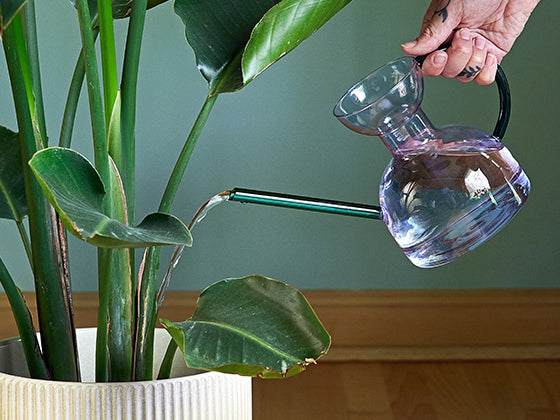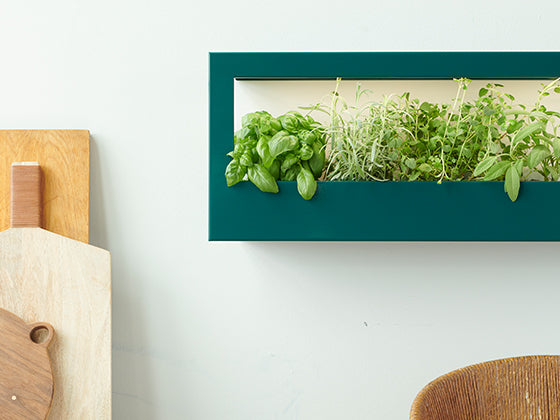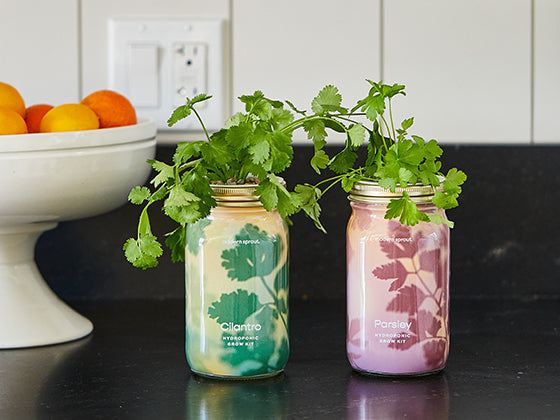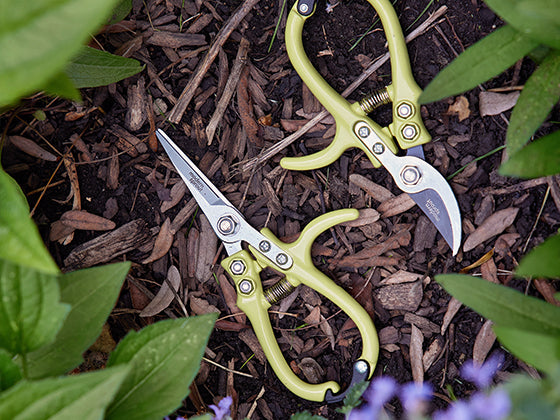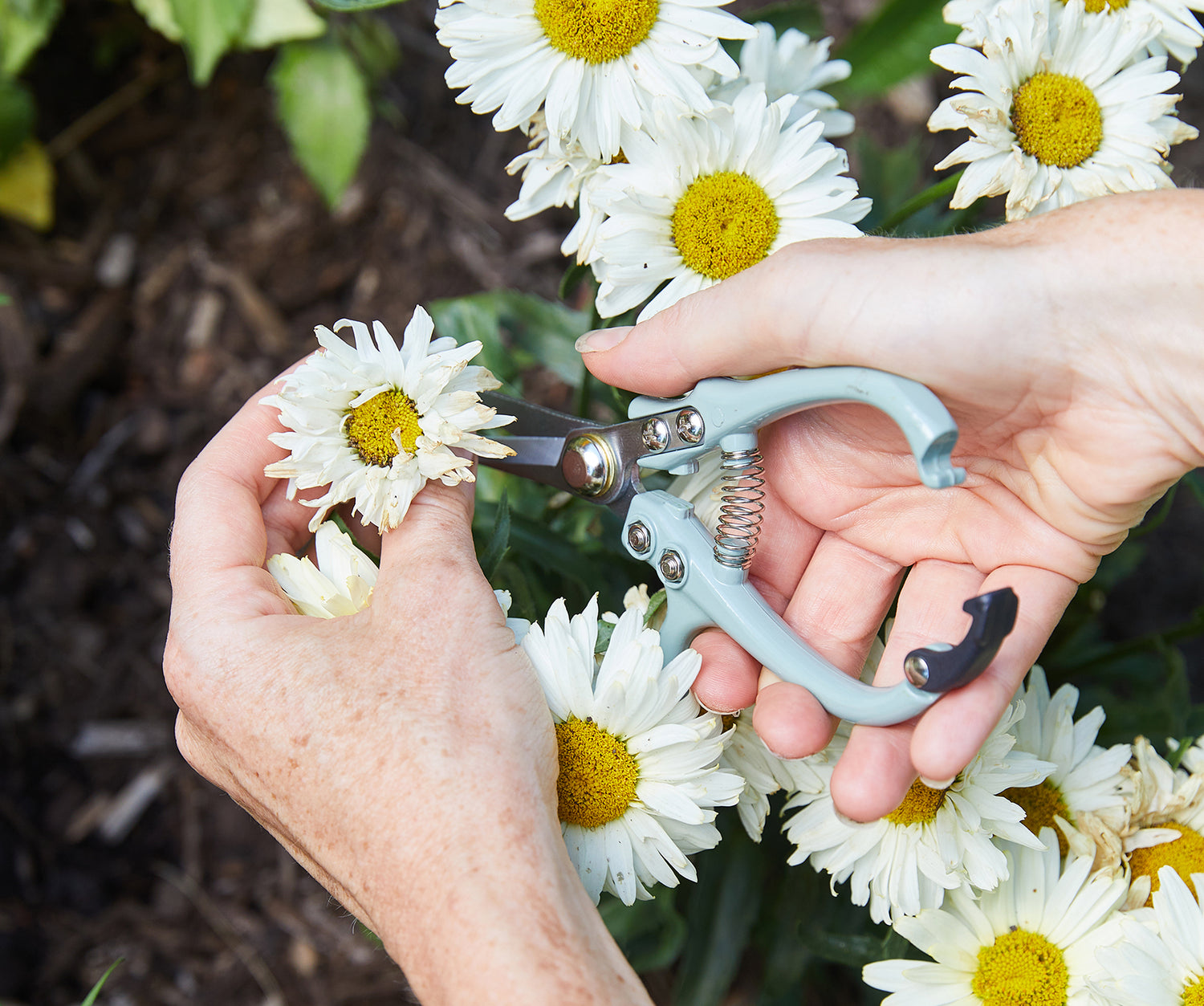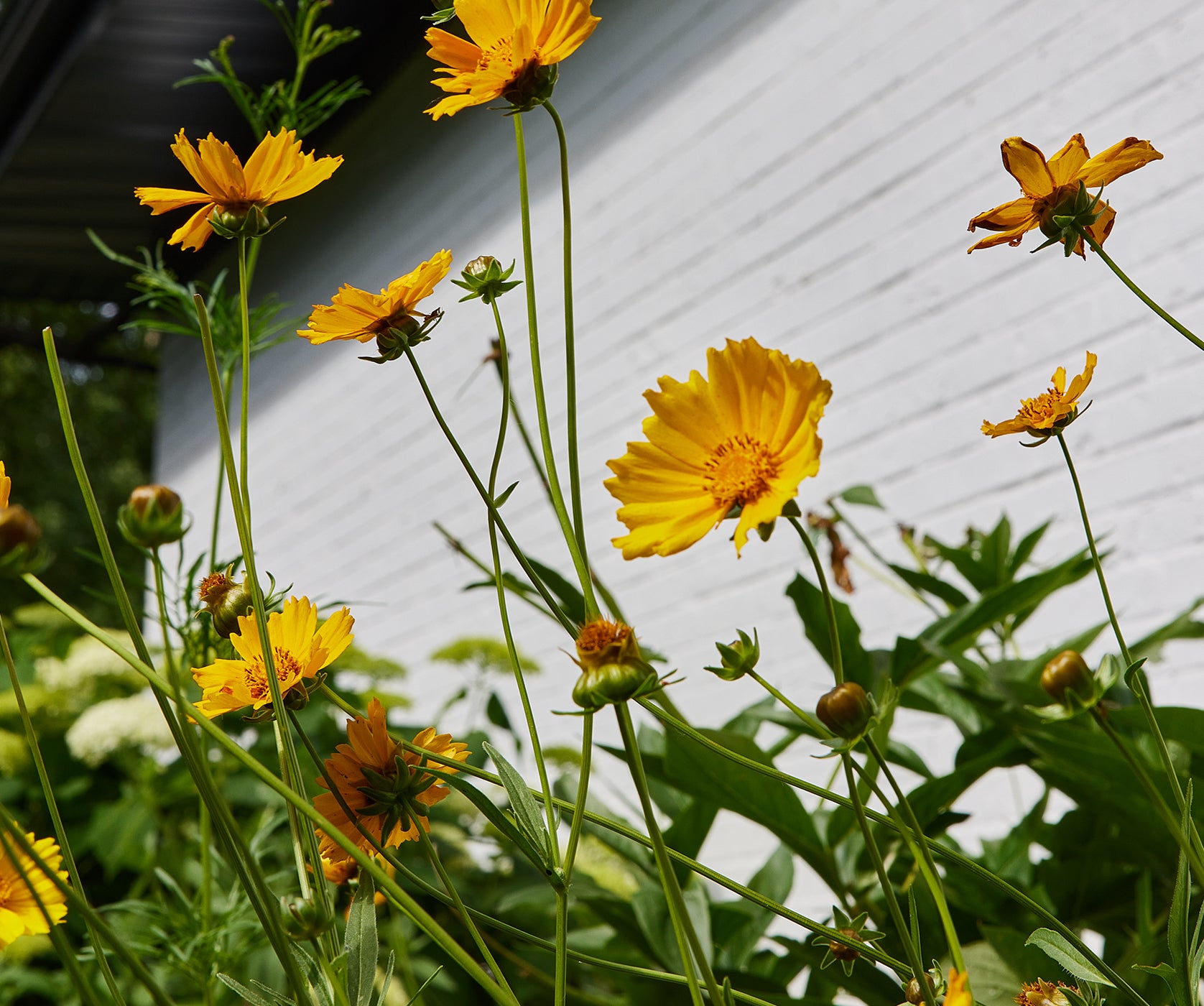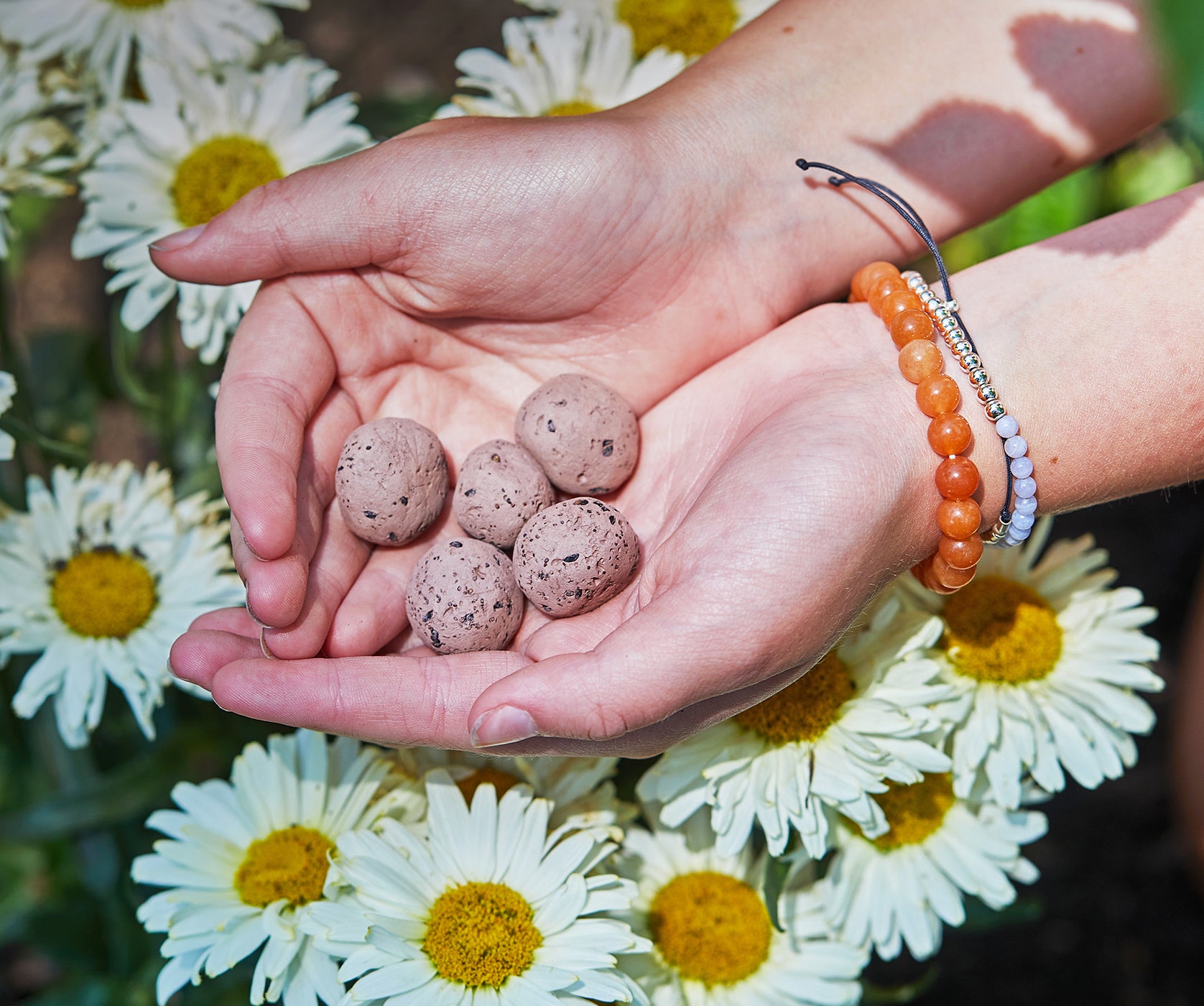We love a perennial – the LTR of the plant world. If you want to keep a perennial plant as healthy and happy as possible, lean into pruning.
That’s because pruning flowering plants is essential to:
- Maintain their health
- Encourage more blooms
- Imporve their overall appearance
If that sounds like #perennialplantgoals to you, here are six easy to follow tips for successfully pruning flowering plants in your yard.
1. Know the Flowering Time
Flowering plants bloom at different times so pruning happens on old wood at different times, too.
Know What You Grow:
- Spring-blooming plants (e.g., lilacs, azaleas) should be pruned right after they finish blooming to avoid cutting off next year's flower buds.
- Summer-blooming plants (e.g., hydrangeas, butterfly bush) should be pruned in late winter or early spring before new growth begins.
2. Use the Right Techniques
Different plants and situations call for specific pruning techniques. Learning a variety of approaches ensures your plants grow beautifully.
Master These Three:
- Deadheading removes spent flowers to encourage more blooms and prevent the plant from setting seed.
- Thinning removes entire stems or branches at the base to improve air circulation and light penetration, reducing the risk of disease.
- Heading cuts back branches to just above a bud or leaf to encourage bushier growth.
3. Remove the 3Ds of Growth
You may be eyeing those healthy blooms for a bouquet – but when it comes to a pruning session, start by removing any dead, diseased, or damaged stems. This helps maintain the plant's health and directs its energy to producing new, healthy growth and flowers.
Get Rid Of:
- Dead stems that brown, brittle and break easily.
- Diseased stems that are discolored, spotted or showing signs of rot.
- Damaged stems that are broken or branches that are split.
4. Make Precise Cuts
Pruning is about precision. Clean cuts ensure quick healing and reduce the risk of disease, good for the plant and the pant parent.
Make Sure To:
- Use sharp, clean tools.
- Make cuts at a 45-degree angle about 1/4 inch above a bud that faces outward.
- Use loppers or a pruning saw to make clean cuts on larger branches.
5. Encourage Reblooming
For many flowering plants, regular light pruning can stimulate more blooms. More blooms is always better!
Look To:
- Deadhead spent flowers to prevent the plant from putting energy into seed production and encourages more blooms.
- Pinch back tips to promote bushier growth and more flowers for plants like chrysanthemums and petunias
6. Prune for Shape and Size
Maintaining the shape and size of your flowering plants can enhance their beauty and the overall look of your garden.
Try These On For Size:
- Shape the plant by following the natural shape of the plant as you prune for health.
- Control size by selectively pruning areas that are experiencing too much growth.
But wait, there's more!
We have a few additional tips for pruning extra credit!
-
Watch the Clock
Prune in the early morning or late afternoon to avoid the hottest part of the day, which can stress the plants. - Sterilize Those Tools
Clean your pruning tools with a disinfectant between cuts, especially when dealing with diseased plants, to prevent spreading infections. - Schedule Regular Maintenance
Consistently check your flowering plants and perform light pruning as needed throughout the growing season.
By following these tips, you can ensure your flowering plants stay healthy, produce abundant blooms and add beauty to your garden and your home.
Happy Pruning!
The Modern Sprout Team

